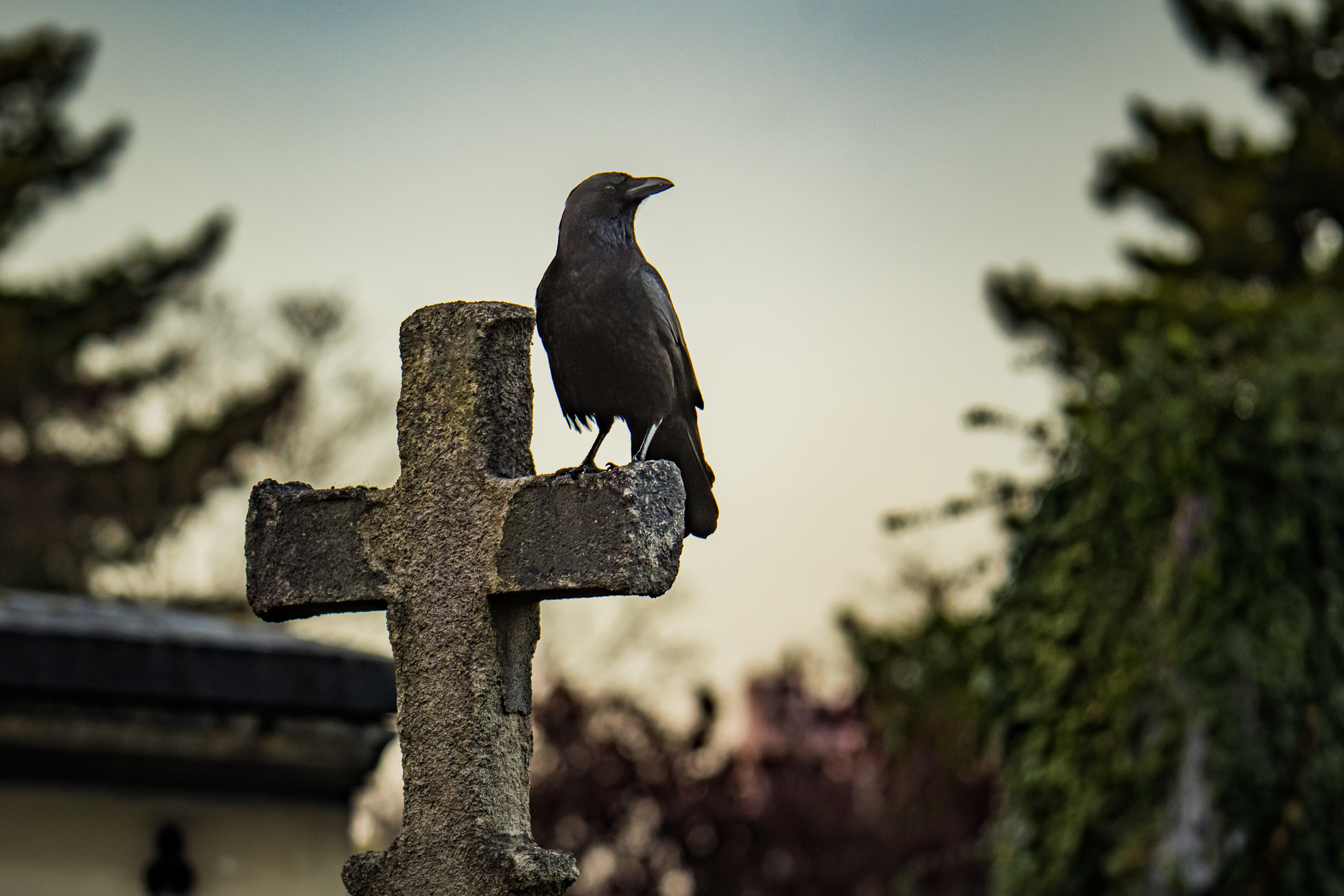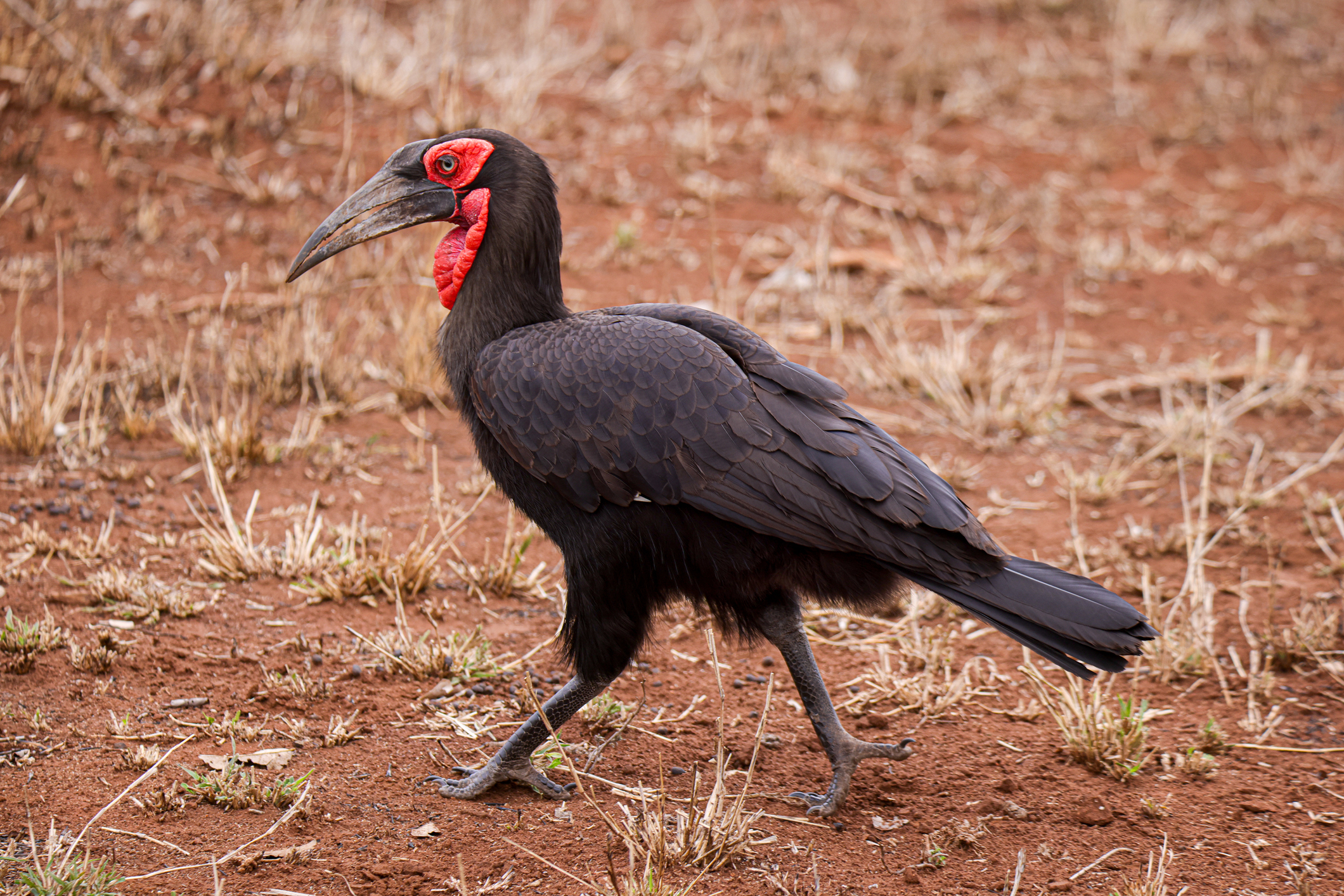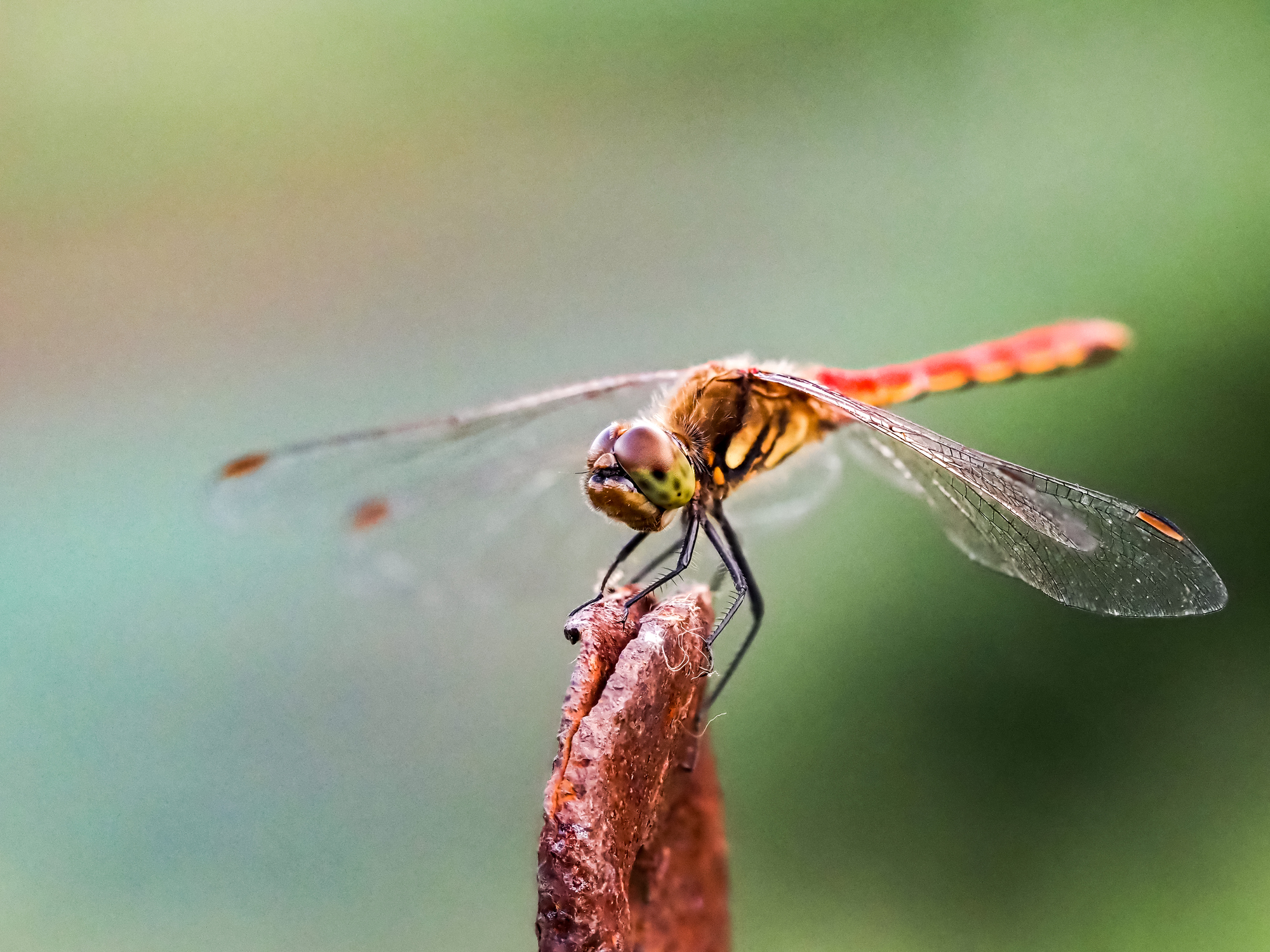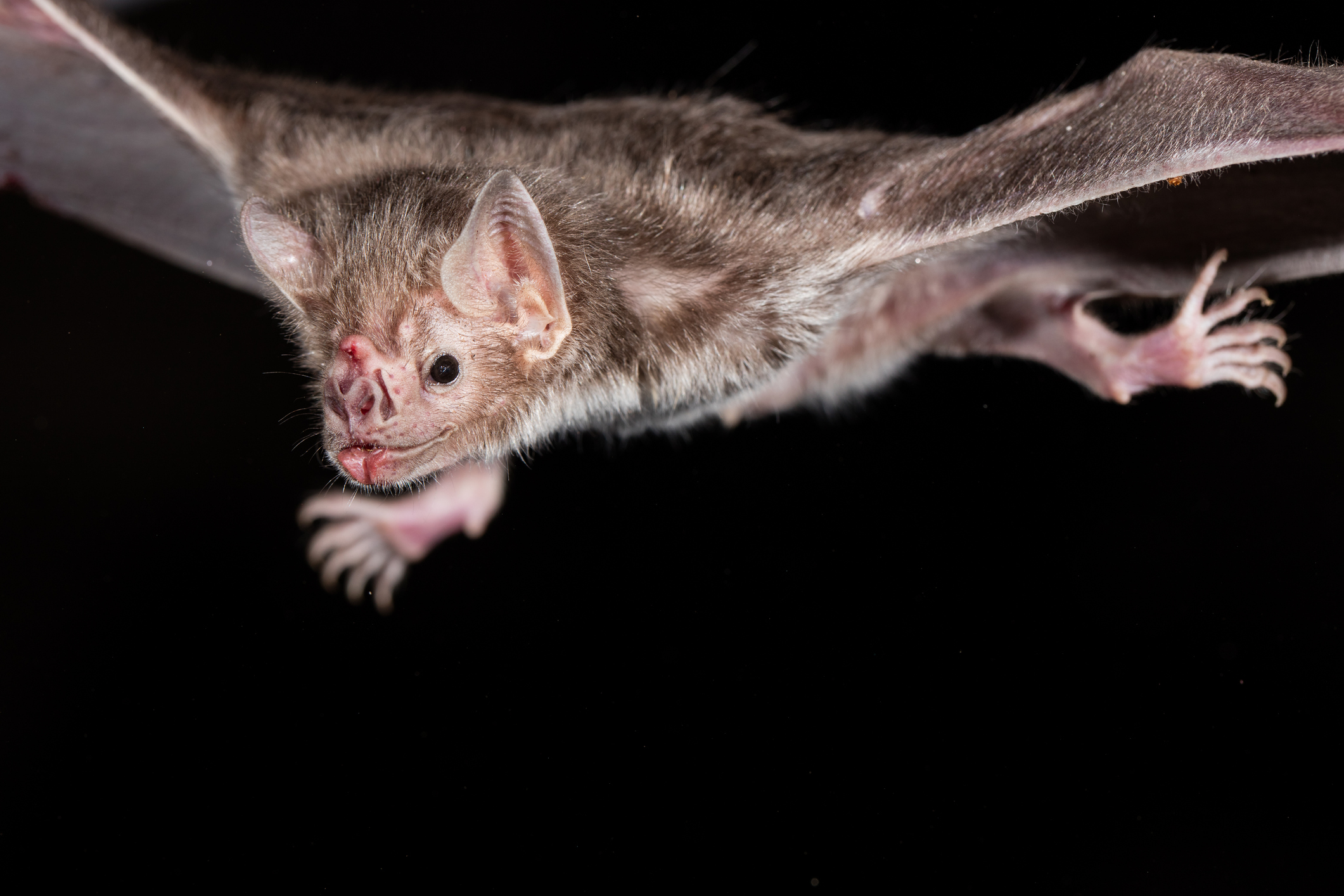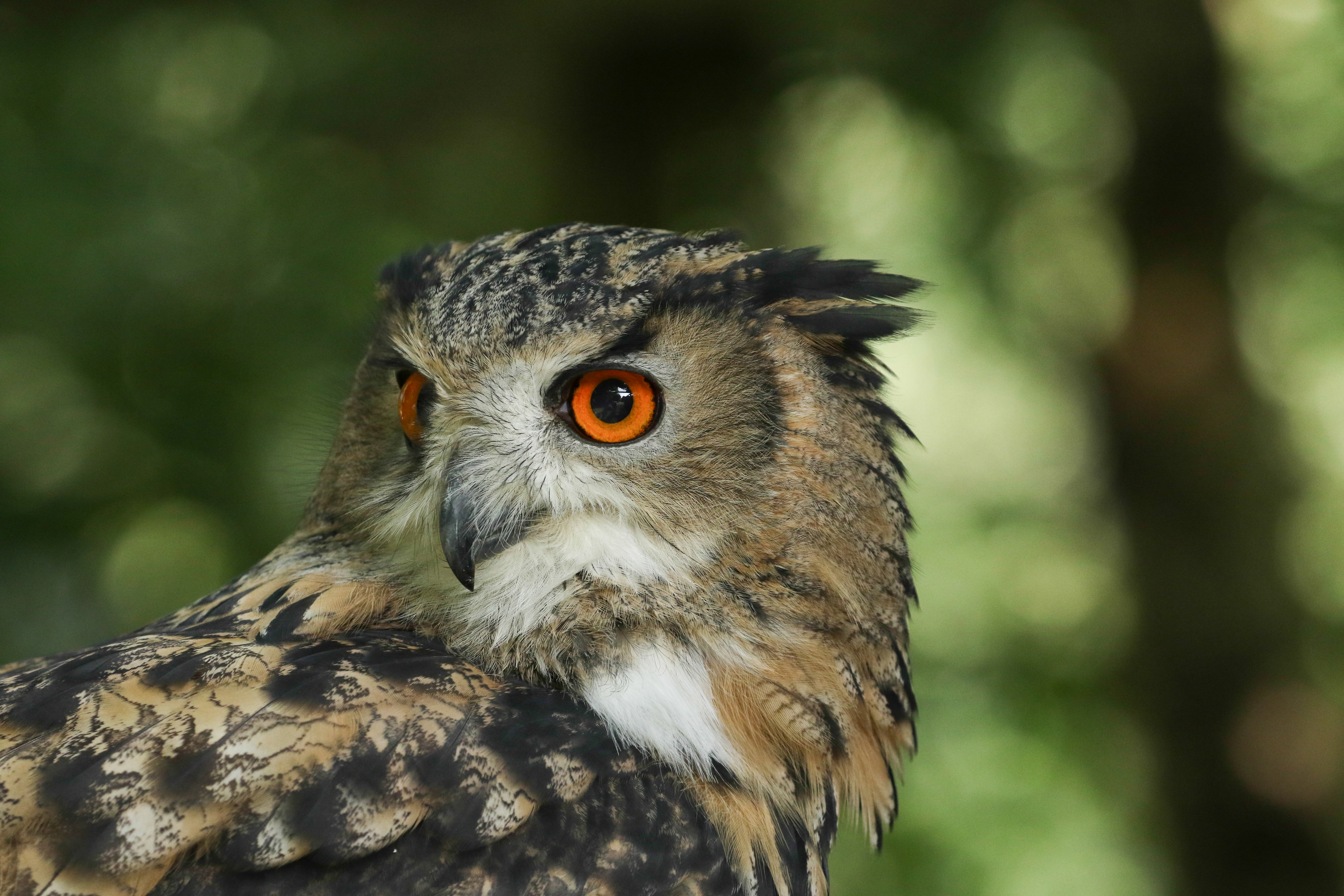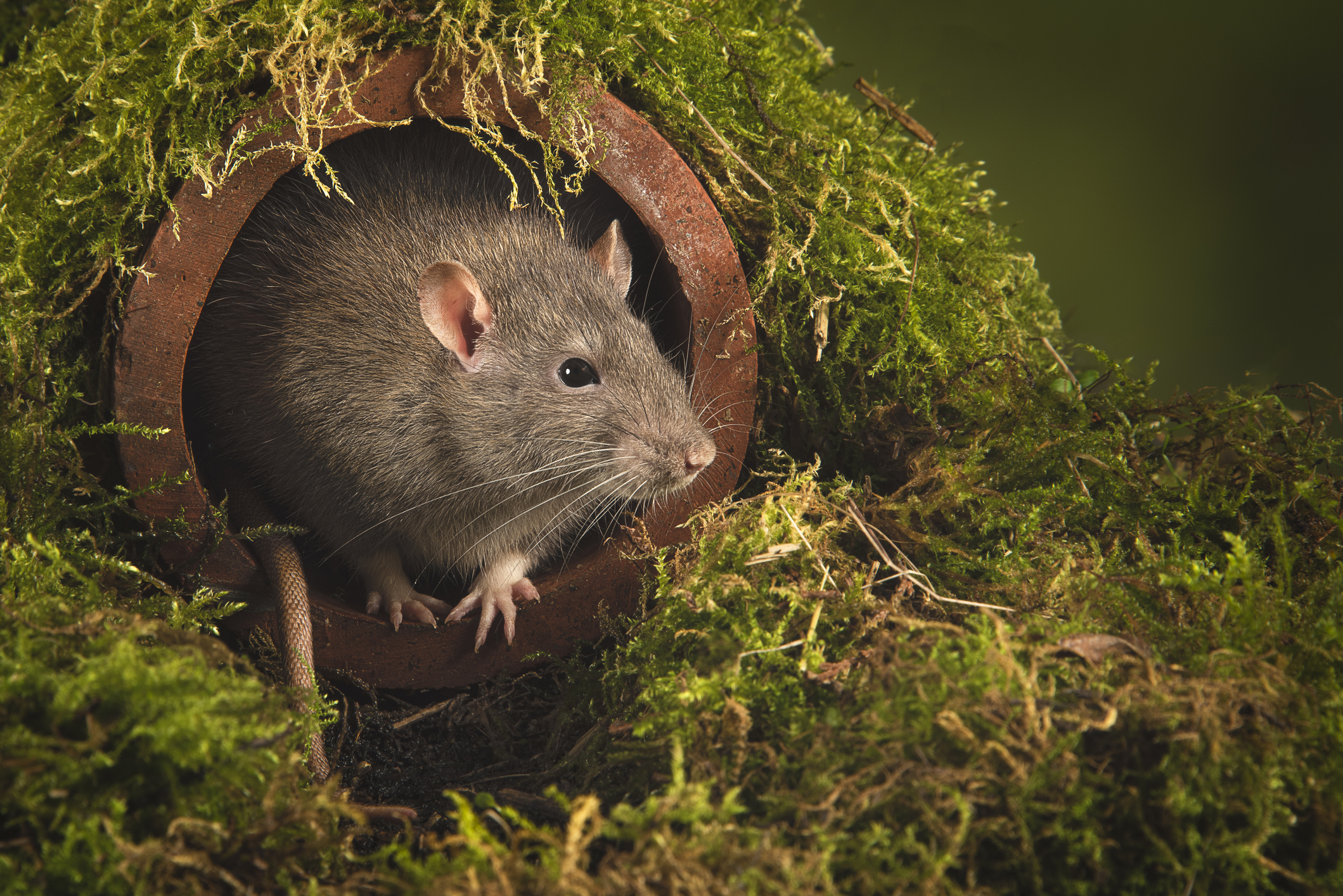7 creatures associated with death
From bats to hornbills, here are some animals that have historically been associated with death.
Throughout history, various animals have been associated with death. But why have certain creatures become synonymous with the end of life? Some are known for feasting on the dead, while others have a more nebulous connection to the Grim Reaper. From dragonflies to hornbills, here are seven animals that have been historically associated with death and the afterlife in different cultures.
Hornbills
The southern ground hornbill (Bucorvus leadbeateri) is a carnivorous bird that hunts for small animals and insects and is found across grassland, savannah and open woodland areas.
The bright-beaked hunters are seen as bringers of death and destruction in nine countries across southern and eastern Africa, according to a 2014 survey of 98 people described in the Journal of Ethnobiology and Ethnomedicine. In general, people considered the southern hornbill to be a bad omen. In Zimbabwe and Malawi, some people thought that a hornbill perching on the roof of a home would bring bad luck to the house's occupants, the study reported. If hornbills are spotted in groups of odd numbers, it is considered a sign of death. In Tanzania, the bird is perceived as a carrier of dead souls and angry spirits.
Dragonflies
In Japan, red dragonflies (Sympetrum frequens) emerge as adults from low grasslands and migrate up to high mountains to feed. Their abundance grows in the beginning of autumn where they descend from the mountains to breeding grounds at low levels.
This timing falls perfectly in line with the summer festival of Obon, which celebrates spirits of the dead returning to visit their loved ones. The large red dragonflies were viewed as messengers of these spirits, according to a 1959 ethnographic study.
Vultures
It's no surprise that vultures make the list of animals associated with death. Vultures use their incredible sense of smell to detect carrion from more than a mile away. And their penchant for circling carcasses while in flight and picking the flesh off from carcasses doesn't help.
Surprisingly, however, in ancient Egypt, the vulture was seen as a symbol of cleanliness within the circle of life and death. According to the Royal Anthropological Institute of Great Britain and Ireland, vultures became the emblem of the deity, Maut, or "the mother of all." Ancient Egyptians may have believed that all vultures were female and spontaneously born from eggs. This led to the vulture being worn as a headdress by the wives of pharaohs and by female pharaohs for protection.
Get the world’s most fascinating discoveries delivered straight to your inbox.
Some cultures view vultures as holy ways to dispose of the dead. A Zoroastrian community in India known as the Parsis, as well as Vajrayana Buddhists in Tibet rely on vultures to eat their dead in a practice known as "sky burials," according to the Science History Institute Museum and Library in Philadelphia.
Bats
In some cultures, bats have long been linked with death.
For instance, the Māori people of New Zealand, associate bats with the hokioi, a mythical nocturnal bird that is said to foretell death. According to The Raupo Book of Maori Proverbs, a common saying was "the bat flies at twilight, the hokioi flies at night." Legend has it that the bird had never been seen, only heard in the night by its screams in the darkness.
It's possible the hokioi was actually a now-extinct bird known as the Haast's eagle (Hieraaetus moorei), a bird of prey that was big enough to have carried off a small child.
Owls
Owls may be associated with death in part because they are largely nocturnal. In many cultures, they are symbols of death and messengers sent by gods from the underworld, according to the book "Owl" (Reaktion Press, 2009) by Desmond Morris.
For instance, in Roman mythology, the sound of an owl hooting is a sign of imminent death, according to the book. Owls were believed to have predicted the deaths of several Roman emperors, as their demise followed after the sound of an owl.
Similar beliefs were discovered during an interview survey conducted in the highlands of the Nyeri District of central Kenya. Seventy-two farmers were interviewed at eight owl territories, with 2 to 12 interviews conducted per territory. When asked, "What does your ethnic community believe about owls?", 76% of farmers responded by saying that an owl's cry causes death.
Crows
Carrion Crows (Corvus corone) are highly intelligent birds that eat anything from berries to decaying flesh of dead animals. In Irish folklore, the Badb is one of a trio of war goddesses that took the form of a crow, according to a 19th-century article published in the Proceedings of the Royal Irish Academy. This folklore, the article suggested, said she was able to foreshadow bloodshed, which terrified soldiers on the battlefield.
Rats
Rats are perhaps an unsurprising entry to the list. The rodents carry many pathogens, some of which are deadly.
For instance, rats were blamed for the 14th-century Black Death, which was caused by the spread of the bacteria Yersinia pestis. Until recently, people thought that rats harbored fleas that carried the pathogen. The plague ultimately killed at least 25 million people in Europe in only five years.
Studies in recent years, however, suggest that rats were not the primary disease vectors. Rather, humans, and the fleas and body lice they carried, led to most of the disease's spread.

Elise studied marine biology at the University of Portsmouth in the U.K. She has worked as a freelance journalist focusing on the aquatic realm.
- Tia GhoseEditor-in-Chief (Premium)
- Laura GeggelManaging Editor


